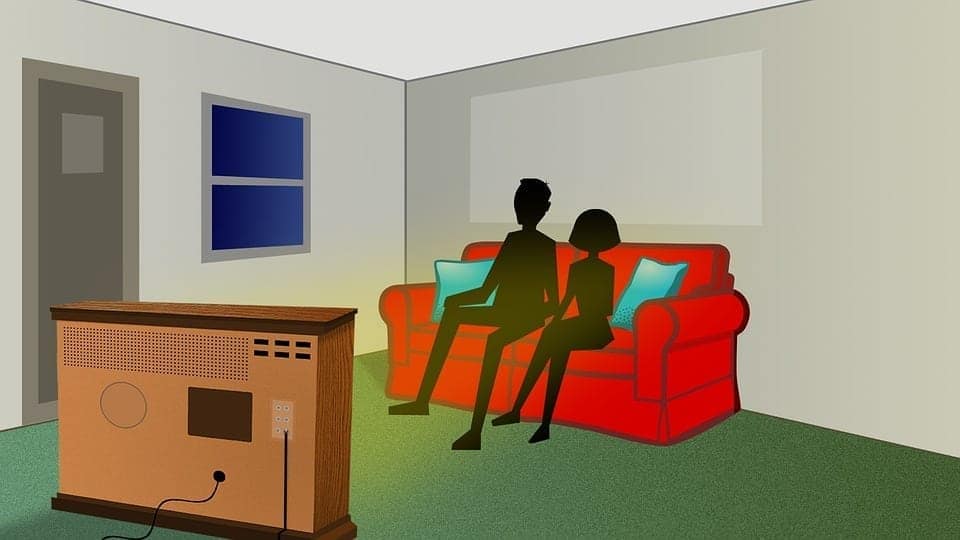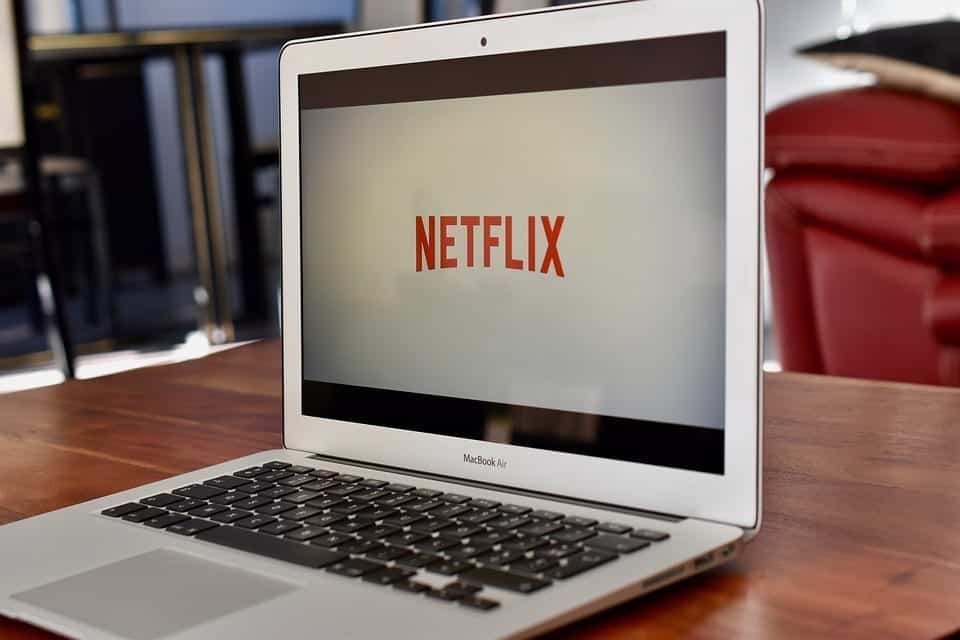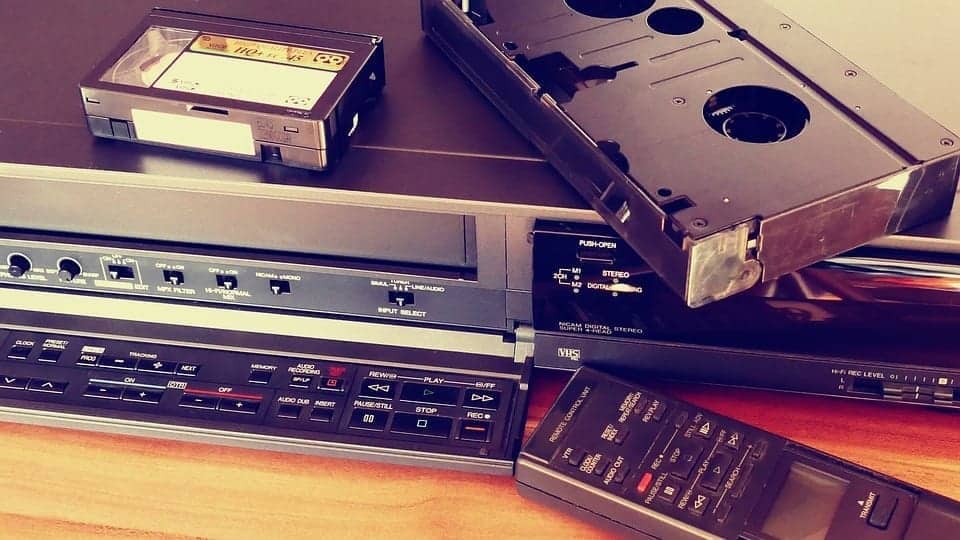Today is a historical day in the lore of video production—national VCR Day! Key West Video has been around for 30 years, which means we remember well the heyday of the VHS (video home system) and the VCR (videocassette recorder). It’s time to take a little trip down memory lane and pay our respects to the VCR.
VHS means what? There is some dispute as to whether VHS originally stood for Vertical Helical Scan or whether it’s always been an acronym for Video Home System.
How a VCR Works
In our digital age, video is all about ones and zeroes. But a video cassette recorder operated on a more basic, tangible level. A VCR is an electro-mechanical device that records analog audio and analog video onto a removable, magnetic tape. Because this system relied on magnetic tape, it was prone to degradation. If you had a favourite movie that you played repeatedly, you no doubt noticed some dropouts, hits, and maybe audio issues develop over time. And if you tried to make a copy of a tape, and then make another copy from that copy, every new tape lost a generation. That means the quality got worse with every dub. This explainer from a precocious Australian youngster will give you a better idea of how a VCR works and why a VHS tape is vulnerable to wear and tear.
The History of the VCR
The VCR has a long history, beginning in Japan. Although the first video cassette recorder was introduced in 1956, the consumer version of a VCR wasn’t developed until 1970. Electronics company JVC invented the VHS system, which was pitted against Sony’s Betamax technology. Both options were available in the late 70s, but do you remember Betamax? Exactly. The VCR came out on top with the advantages of longer recording time and lower price point. Phillips got in on the game when they patented and released the first household VCR that most resembles something you’d find in a 1982-era basement. The company was also responsible for the familiar square cassette, which originally held 60 minutes of footage.
Social Implications
Our social interaction with the VCR was brief, but impactful. It changed the way we consumed television and movies. Imagine missing a beloved television show and having to wait and hope that episode would eventually show up as a rerun. What about choosing between two shows airing at the same time? The VCR made these concerns obsolete.

Recording programs at home on a VCR was the first iteration of on-demand viewing. It freed people up to watch what they wanted when they wanted, rather than letting tv viewing dictate their schedule. As people leaned into the idea of recording programs and skipping commercials, the electronics industry looked to cash in. Format upgrades came with the DVD in 1996 and Blu-ray ten years later. In 1997, Netflix began as a subscription service for DVD rentals delivered by mail. Digital video recorders were revealed at a trade show in 1999. Netflix introduced streaming services in 2007. The long-forgotten VCR hung on until 2016 when production of the machine came to an end.
The End of Blockbuster, The End of an Era
Long before Netflix and chill, there was Saturday night at the video store. If you lived through the 1980s, you likely spent time trolling the aisles of your neighbourhood Blockbuster. The blue and yellow ticket logo was as familiar as the Golden Arches. The video stores beckoned customers with promises of new releases and old classics that you could take home and enjoy on your VCR.

Blockbuster was, well, a blockbuster business at its peak in 2004. The entertainment giant had 9,000 stores in 12 countries with 60,000 employees. It was worth a cool $5 billion. The first store opened in Dallas, Texas in 1985. Seven years later, a new outlet was cropping up every 24 hours. In 2000, Netflix founder Reed Hastings pitched the idea of his company becoming Blockbuster’s streaming service. Blockbuster wasn’t interested.
Blockbuster rode the wave of home video rentals until 2010, when they filed for bankruptcy. There’s a single remaining Blockbuster store in Bend, Oregon . It’s a time capsule and a reminder of an era that was a way of life for more than 30 years.
Digitally Yours
Do you still have a VCR collecting dust in a closet or storage unit? What about VHS tapes? If you have cherished memories on VHS, we suggest you convert those to digital ASAP to avoid losing them altogether. Today’s video is digitally-based with files that don’t degrade and are easy to share. At Key West Video, we keep client files safely stored so video projects can be updated or amended when necessary. Even though we’ve moved on to digital, we’ll always have a place in our video production hearts for the VCR.









